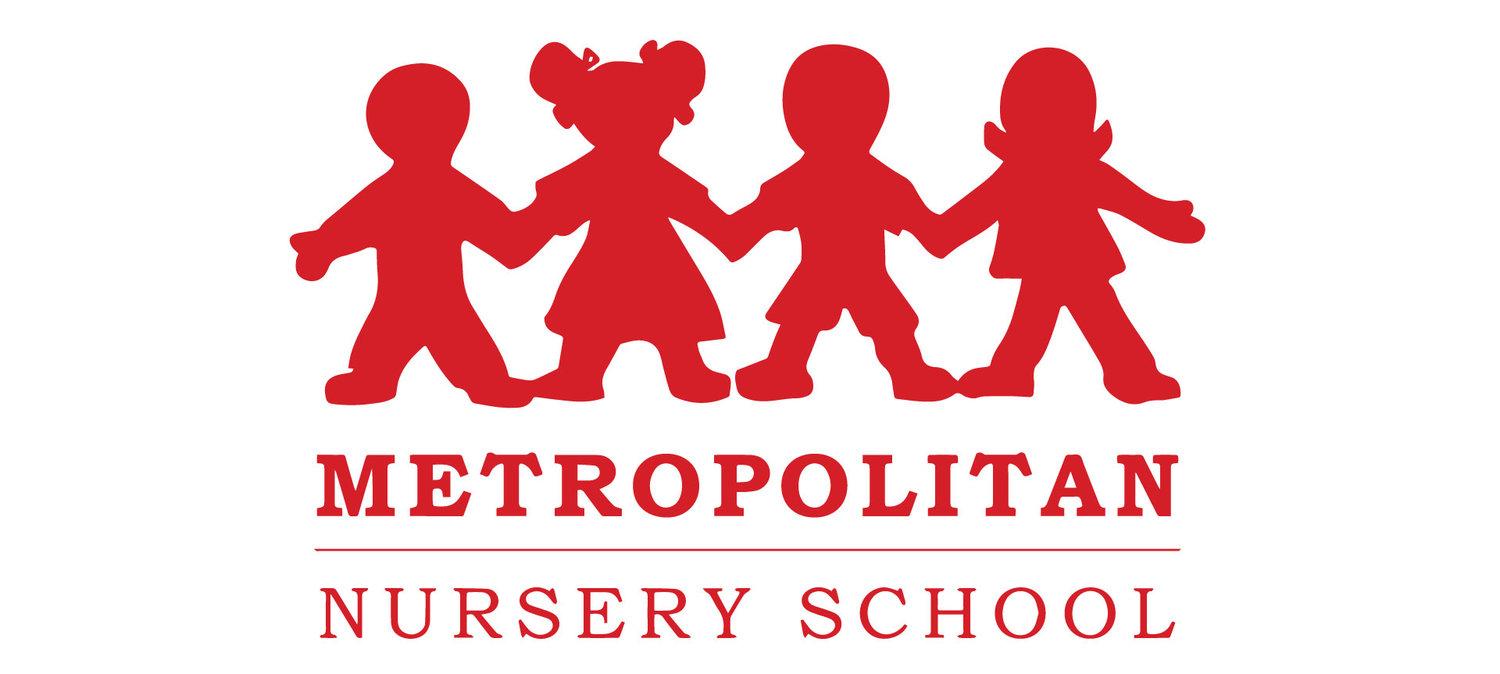Recently, the New York Times published a piece by Jonathan Haidt and Greg Lukianoff titled “How to Play Our Way to a Better Democracy”. The article is a new spin on several research-based, fundamental ideals of why free play is necessary for good development. Of course, given our political climate, the authors are using this research to support the idea that free play is necessary in learning how to act with civility and negotiate challenges and disagreement. They also pick up on several other necessary benefits of free play, such as resilience, decision-making, and problem-solving.
Young mammals play, and in doing so they expend energy, get injured and expose themselves to predators. Why don’t they just stay safe? Because mammals enter the world with unfinished nervous systems, and they require play — lots of it — to finish the job. The young human brain “expects” the child to engage in thousands of hours of play, including thousands of falls, scrapes, conflicts, insults, alliances, betrayals, status competitions, and even (within limits) acts of exclusion, in order to develop its full capacities.
How can schools help with this? By offering children lots of free play. Teachers set up environments with open-ended materials and time to explore every day. They offer minimal directions during indoor “choice time” or outside play time, allowing the children to make those choices for themselves. Throughout a school day, teachers offer a mix of free play and structured activities at a pace designed for the ages they teach. Over time, children get the free play they need, while also learning to stand in line, transition from one activity to the next, follow a leader, and sit in a circle listening.
I find most teachers are also able to tolerate a higher level of problem-solving, risk-taking, and disappointments for the children in their care than many parents. Parents naturally want to protect their children from hurt bodies and feelings. In doing so, we sometimes interfere with experiences and natural consequences that effectively teach and grow our children, or worse, we make them fear those experiences or doubt their abilities before trying something new. Teachers are removed just enough emotionally to watch a child be challenged without feeling the guilt of not saving them immediately. They know how to follow up a failure by teaching the missing skills. They also have the experience of observing many other children learn and grow, and the confidence in knowing that these challenges are where some of our most meaningful growth will occur.
Good teachers allow our children to struggle at times, to problem-solve without hand-holding, and to sometimes referee their own arguments. Of course, they are there to step in and offer guidance when the wheels really start spinning, but they also know the value of stepping back, observing, and allowing free, unstructured play to do its work.

